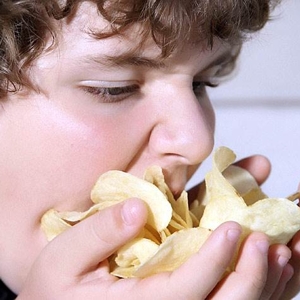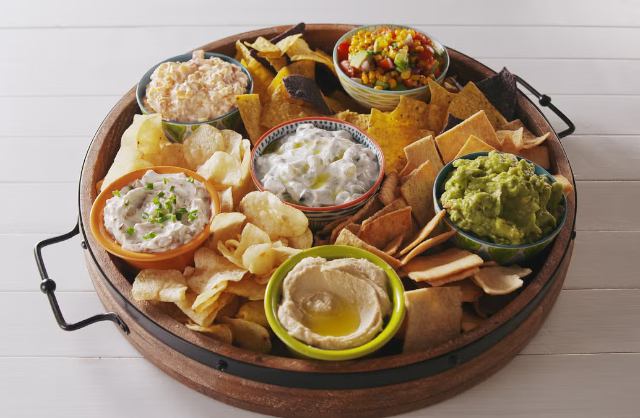Does it really take a learned university lab study to demonstrate that chip dips are fattening? I suspect the researchers who undertook the study we’re looking at today were more interested in revealing underlying causes…
The statistics are overwhelmingly dark. Overweight and obesity constitute a foll-blown epidemic world-wide. And one of the biggest contributors to the crisis may be a mere sidebar, related to the central issue of ‘snacking’.
A health and cost disaster
The preamble to the study report states, starkly, “Snacks provide, on average, about one-fourth of most people’s daily calories. With nearly one in three adults in the United States overweight and more than two in five with obesity, researchers are investigating how Americans can snack smarter.”
Recent lab studies also show that UK teens consume 66 percent of their daily Calories in processed and ultra-processed foods (UPFs). And previous surveys have revealed that two-thirds of UK adults are seriously overweight or obese. Snacking is, obviously, not just a North American issue.
What they found
The scientists at Penn State University wanted to determine how combinations of snack foods influence consumption. And they were surprised to discover what a difference a little dip makes.
Intuitively, many people would guess that if we add something extra to a snack, like dip, people will compensate, and eat less of the main item, observed study corresponding author John Hayes, professor of food science and director of the Penn State Sensory Evaluation Center.
“The most striking finding of our study is that people didn’t eat fewer chips when dip was available — they ate the same amount of chips, plus the dip,” Hayes revealed. “This lack of compensation means that adding dip to chips can substantially increase overall energy intake without people realizing it.”
In fact, the study, to be published in the November issue of the journal Food Quality and Preference, suggest that they eat more – a lot more. The chips and dip together yielded a 77 percent greater caloric intake, and a faster total eating rate compared to the ‘just chips, no-dip’ control.
The takeaway
“This research opens up new avenues for exploring how the physical properties of foods can influence our eating behaviors and ultimately, our energy intake,” Hayes says. “If we can slow people down, we can influence energy consumption without giving up the pleasure from food.”
He also notes that snacking is a major source of energy (i.e.- Calories) in the typical American diet. But it is definitely understudied. And understanding snacking behaviour is, “crucial to address issues of overeating and obesity.”
My take
I agree with Hayes in every observation he makes regarding snacking. And I, too must admit I was surprised that folks ate just as many chips when dip was present as they did when they were just popping them ‘dry’.
Of course, the study we’re reporting on today doesn’t specifically talk about excess sugar, salt or fat. But they, too, are principle players in the overall health story surrounding snacking. And I shudder to think how many other ‘health negatives’ they contribute to a snacking session involving chips with dip…
~ Maggie J.


